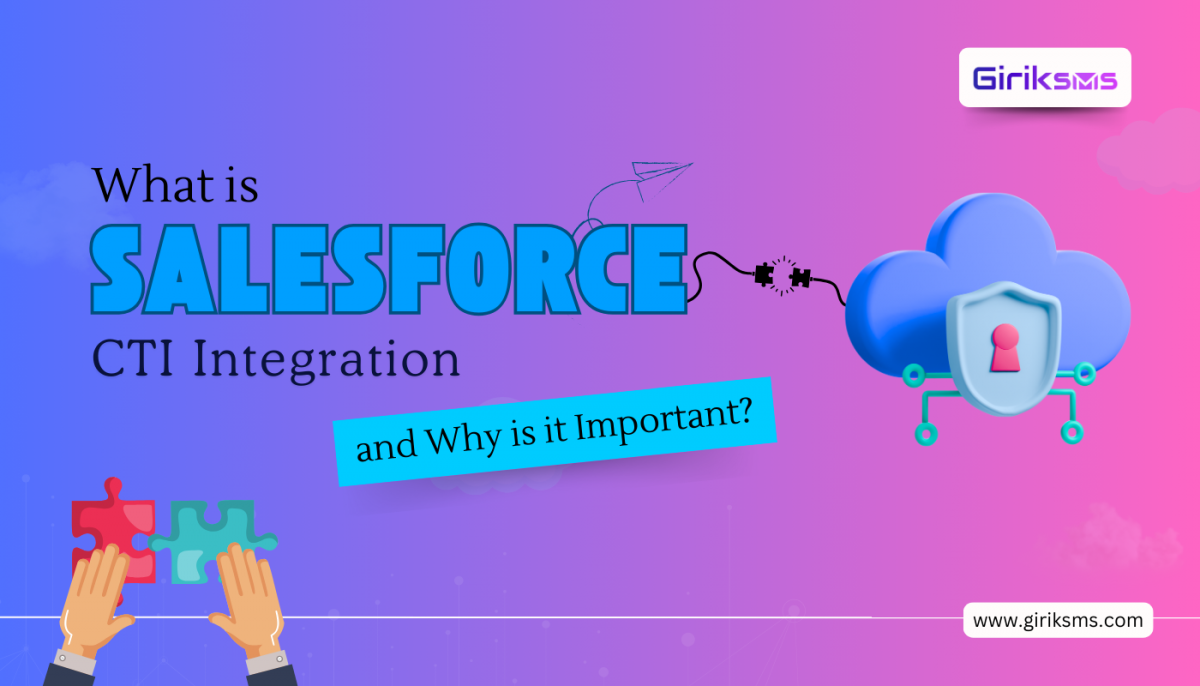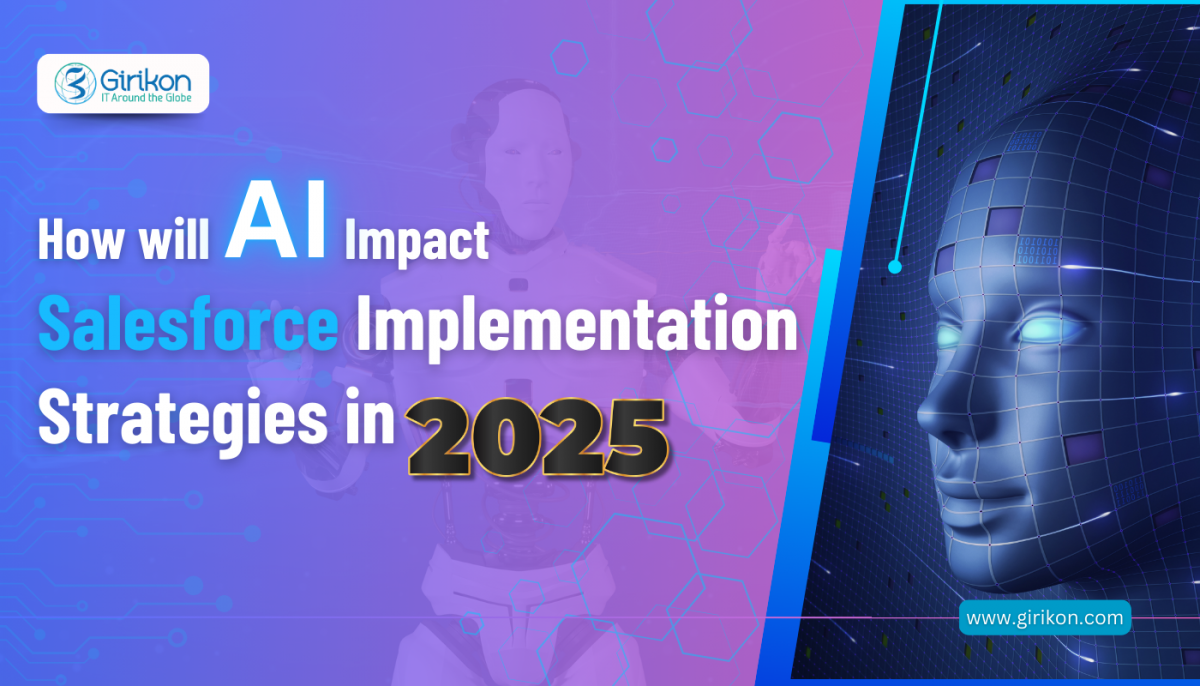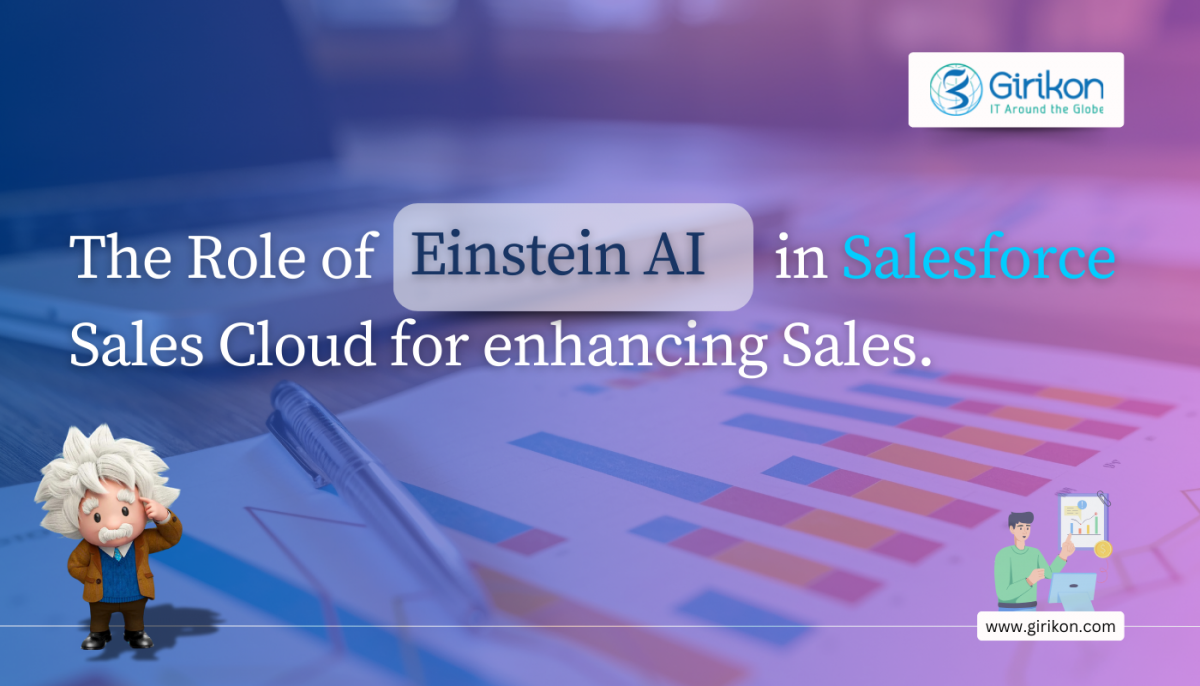AI is undergoing a significant transition, with the accuracy and dexterity of specially designed autonomous agents replacing the broad scope of massive, general-purpose AI. It's more than just evolution of technology. It's about conceiving how machines can complement the workforce.
Purpose-built agents are specially designed digital agents that are focused on a single task and perform it almost perfectly, whether that task is assisting salespeople in nurturing leads, coming up with campaign concepts for marketing teams, or answering customer support queries. They have capabilities few GPT-based systems can match – the capacity to act and complete tasks.
Autonomous agents will transform the workplace.
You've likely been both amazed by AI's potential and frustrated by some of the practical constraints of GPT-based systems at work if you've utilized generative AI to help generate an email copy or conceive a campaign idea.
Because they were trained on publicly available data and information, they are unable to produce outputs that accurately represent your everyday reality because they are unfamiliar with your company and its customers. For instance, they are unable to help you with analytics on the performance of past campaigns or insightful information on open leads.
Innovative new data platforms that gather, integrate, and connect all of the data points are already helping future-thinking businesses start to fill that knowledge gap. However, a second prerequisite must be fulfilled for AI to be genuinely useful in an organizational context. AI agents should be able to perform actions on behalf of humans.
Autonomous agents accomplish this by fusing large action models (LAMs) with the natural language processing capabilities of LLMs. Language models that can carry out operations in other programs and systems are known as LAMs. Because LAMs are trained on data that is handpicked for task execution, autonomous agents can initiate a variety of actions on their own.
Large Language Models (LLMs) and Large Action Models (LAMs): The Pillars of Autonomous AI
In what ways do LLMs and LAMs collaborate? Consider a scenario where you want an AI agent to send a tailored SMS or WhatsApp message with a discount code for subsequent purchases to the first 50 customers who buy a new product.
An LLM would struggle to accomplish this on its own. Indeed, it could produce the material, but action is needed to segment 50 customers and deliver each one a tailored message by leveraging organizational CRM data. This is where the LAM comes in. The LAM would leverage its function-calling abilities to make requests to perform certain tasks, such as an API call to a third-party system or querying the CRM to retrieve customer and product data.
In the field of healthcare, an agent could assist patients in finding the best physician by identifying their symptoms, preferences, and location. It streamlines what is frequently a tedious and long-drawn process by identifying a time that works for the patient and physician and scheduling the appointment.
In retail, an agent can answer common questions like "Where's my shipment?". AI agents can also launch targeted marketing campaigns and offer customer service replies at the precise moment when the customer is most responsive.
In financial services, agents can examine the client's spending patterns, analyze past investments, and financial objectives, and analyze market movements to recommend modifications in their existing portfolio enabling money managers to focus on what they do best – deliver exceptional service to their clients instead of spending time making sense out of their data.
AI agents can significantly augment the abilities of an organization's workforce. Imagine a world with zero customer service wait times, apps that adapt to user activity, and AI sales coaches who are always assisting sales reps in closing deals.
Autonomous agents collaborate with existing teams.
A future in which workers collaborate with agents to provide better results for both customers and businesses is already here. These solutions increase productivity and free up the workforce to enable them to focus on strategy and creativity.
People can spend time solving complex problems and refining their strategies when AI handles the specifics, expanding the realm of what is feasible and igniting innovations across industries. This collaboration between AI and human creativity ushers in a new era of efficiency, productivity, and innovation.
LAMs – Leading the Next Wave of Autonomous AI
With the advent of AI agents that can act as skilfully as they can converse, generative AI has formally begun its second act. Through the use of external tools and access to knowledge beyond their training data, these autonomous AI agents are able to perform tasks that either augment their existing tasks or act on their behalf.
We believe that AI assistants and AI agents will be the two main forms of autonomous AI. Both have two key characteristics in common.
Agency is the capacity to take meaningful action, sometimes completely independently, to achieve a predetermined objective. The ability to learn and change over time, although in different ways, is the second. Artificial intelligence assistants will adjust in creative ways to better understand a specific user for whom they are meant to provide support.
AI agents will learn shared processes, best practices, and much more to better complement a particular team. In other words, AI agents are designed to be shared at scale, whereas AI assistants are designed to provide a personal touch. Both hold the promise of opening up new opportunities for businesses.
Creating a tangible impact
With applications ranging from customer care to IT support to sales enablement, agents and assistants collectively represent a revolutionary way of working. Consider, for instance, a jam-packed schedule of sales meetings, including video calls to in-person trips around the world. Sales professionals in almost every business live in a hectic reality. And that reality is made even more complex by the need to carefully go through vast amounts of CRM data that is created across every interaction.
Now imagine an AI assistant, that accompanies you to every call and meeting, keeps track of all relevant information automatically organizes it perfectly, and responds to questions about it anytime anywhere. Wouldn't scheduling be a lot simpler? Knowing that their only goal and task was to focus on building stronger customer relationships, how much more productive would a sales professional be?
It's fascinating to imagine how all of this would operate. With a focus on privacy, of course, your AI assistant would be there at every meeting, following the discussion from one point to the next and gaining a greater grasp of your needs, behavior, and how you work. Your AI assistant will either assign higher-level subtasks to an AI agent or invoke an action for a specific subtask, such as querying a knowledge article, as it recognizes the need to complete specific tasks, such as retrieving organizational information or summarizing meeting notes.
The challenges ahead
There will be technological, sociological, and even ethical obstacles as we step into the future of autonomous AI. The issue of memory and perseverance is the most important of these. AI assistants can get to know us well, including our daily routines, peculiarities, and long-term goals, if we so want. Like our relationships with friends and coworkers, every new engagement should be built upon a foundation of prior experiences.
However, it's not easy to accomplish this using the AI models available today. Initiatives to create autonomous AI systems with rich, reliable memory and attention to detail are hampered by variables like computation and storage costs, latency issues, and even algorithmic constraints. Humans are exceptionally skilled at distilling minutes or even hours of material into a few main points, whether in a meeting, lecture or even a discussion with someone. Similar skills will be required of AI assistants.
Trusting the results of an AI is even more crucial than how well it remembers things. Despite its incredible potential, generative AI is still frequently constrained by issues like hallucinations and toxicity concerns. Autonomous AI's inclination for continuous learning will help alleviate this issue because hallucinations often result from knowledge gaps, but more work needs to be done along the way.
The ethical issues will be just as complicated. Will the development of autonomous AI systems, for example, necessitate the creation of whole new standards and protocols? How should teams and AI agents communicate with one another? How should they establish confidence in a particular course of action, settle disagreements and ambiguities, and foster consensus? How can we assess their risk tolerance or how they handle competing objectives, such as time against money? Regardless of their values, how can we make sure that their choices are open and simple to examine if the results don't suit us? In short, where is the locus of accountability in an era of such advanced automation?
One thing is certain: humans should always be at the helm of affairs. They should decide when and why digital AI agents are deployed. Autonomous AI can be a powerful addition to almost any team, but only if humans are fully aware of its presence and have complete authority. Furthermore, interactions with all types of AI should be clearly designated as such, with no attempt to muddy the distinction between humans and machines.
Conclusion
We are still at an early stage as far as enterprise AI is concerned. There's a lot to be done, both in terms of tech innovation and establishing guidelines to ensure AI’s AI has a positive and fair influence on everyone. However, with so many obvious advantages now becoming apparent, it's important to take a moment to understand how significant this present phase of AI is turning out to be.
Want to know more about Salesforce AI services for your business? Talk to global Salesforce implementation partner today.

 +1-480-382-1320
+1-480-382-1320 +61-1300-332-888
+61-1300-332-888 +91 9811400594
+91 9811400594























